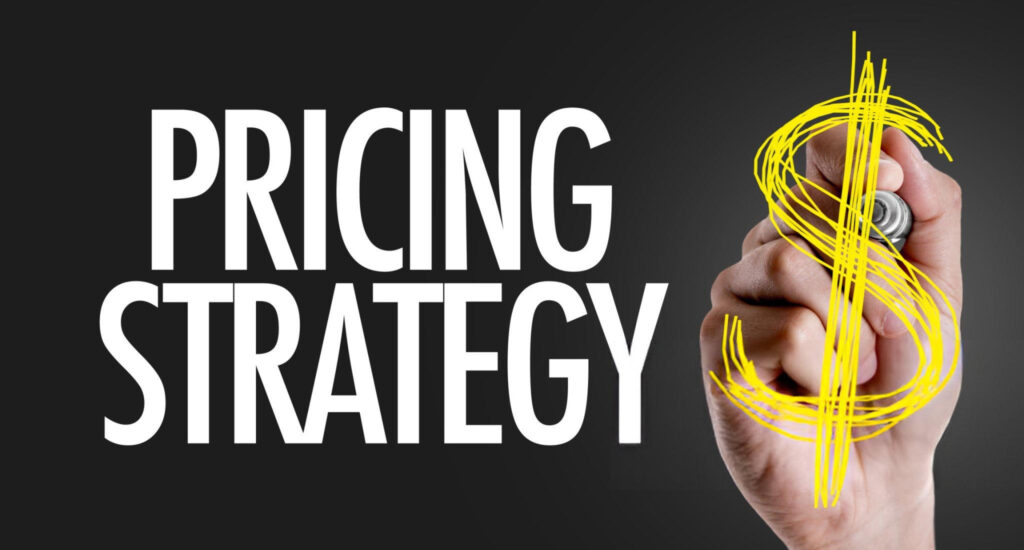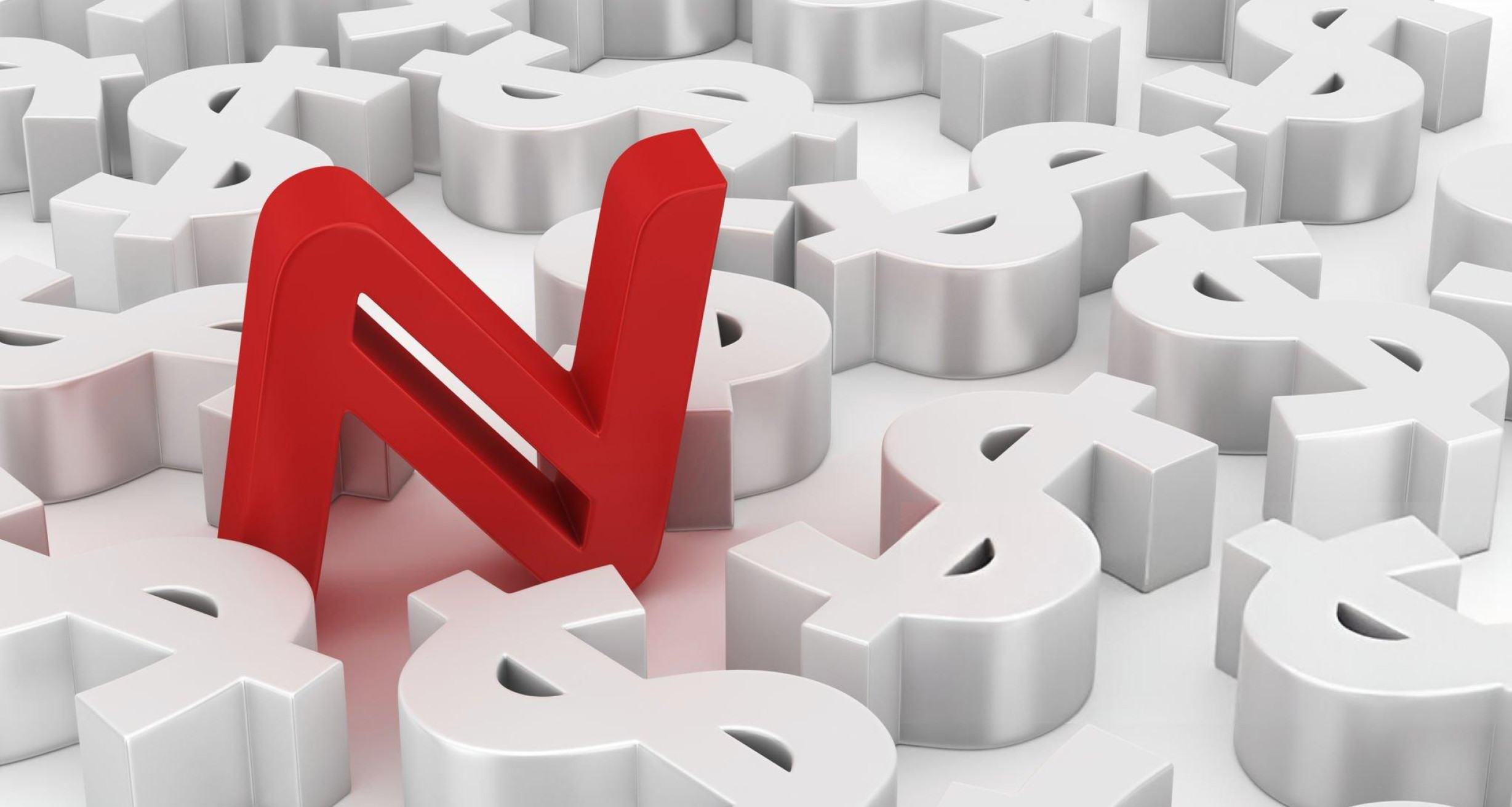Because “affordable” shouldn’t mean broke.
Let’s be honest: Pricing is one of the trickiest parts of running a business in Nigeria (and across Africa).
Charge too much? People ghost.
Charge too little? You’re overworked, underpaid, and resentful.
So how do you set a price that’s fair to the customer and actually sustains you?
Here’s how to price confidently — without playing yourself.
First: Understand This
Pricing isn’t just math. It’s positioning.
Your price tells the world:
- How valuable your product/service is
- Who it’s meant for
- How seriously they should take you
Undervalue yourself and people will too.
If you act like a ₦1k business, you’ll attract ₦1k clients — with ₦1k wahala.
Step 1: Know Your Costs

This is non-negotiable. If you’re not covering all your costs, you’re bleeding.
Include:
- Direct costs: materials, logistics, tools, internet, electricity (yes, even that!)
- Time costs: how long it takes you to produce/deliver (your time = money)
- Overheads: rent, staff, subscriptions, etc.
👉🏽 Example:
You’re a graphics designer. You charge ₦10k for a flyer.
It takes 3 hours + revisions + data + design tools = is ₦10k really covering that?
If not, you’re not profitable — you’re just busy.
Step 2: Add Your Desired Profit Margin

Once you know your break-even cost, add your profit.
Let’s say your total cost to deliver a product is ₦5,000.
You want a 40% profit margin → That’s ₦2,000.
So your final price = ₦7,000.
This is your bare minimum.
If you’re not hitting this, you’re not building a business — you’re just surviving.
Step 3: Look at What Others Are Charging (But Don’t Copy Blindly)

Yes, do market research.
But don’t just slap on random prices because “everyone else is charging ₦10k.”
- Their costs are different
- Their strategy might be volume over quality
- Some people are underpricing because they’re desperate
Set a price that aligns with your goals, not their fear.
Step 4: Factor in Your Value

You’re not just selling a product or service — you’re selling results, experience, and trust.
Ask yourself:
- What problem are you solving?
- How painful is that problem to your customer?
- What’s the cost of NOT solving it?
A client paying ₦250k for branding isn’t buying logos. They’re buying perception, conversions, and investor confidence.
Step 5: Decide Your Pricing Strategy

🔹 Low-Cost, High-Volume
Great if you can serve lots of people efficiently (e.g. digital products, daily consumables).
But be careful — volume without margin = burnout.
🔹 Premium Pricing
Higher price, fewer customers, more focus on quality and service.
Needs strong brand positioning and trust.
🔹 Tiered Pricing
Offer different price points for different people: basic, standard, premium.
It gives people options — and you more revenue.
Signs You’re Undervaluing Yourself
- Clients don’t negotiate — they pay too fast
- You’re constantly overworked, underpaid
- You resent your customers
- You’re afraid to raise prices — even though demand is growing
- People say “I thought it’d cost more”
If any of these sound familiar, it’s time to raise your rates.
How to Raise Prices Without Losing Everyone

- Give notice: “From June 1st, our new rates will apply.”
- Explain value: More quality, better support, etc.
- Keep old clients on old rates (for now): Loyalty perks go a long way.
- Introduce payment plans if your audience is price-sensitive.
Pricing isn’t just a number. It’s your worth, your strategy, and your survival plan.
Don’t let fear or peer pressure make you cheat yourself.
Charge with sense. Charge with confidence.
And remember: “affordable” doesn’t mean “unsustainable.”





